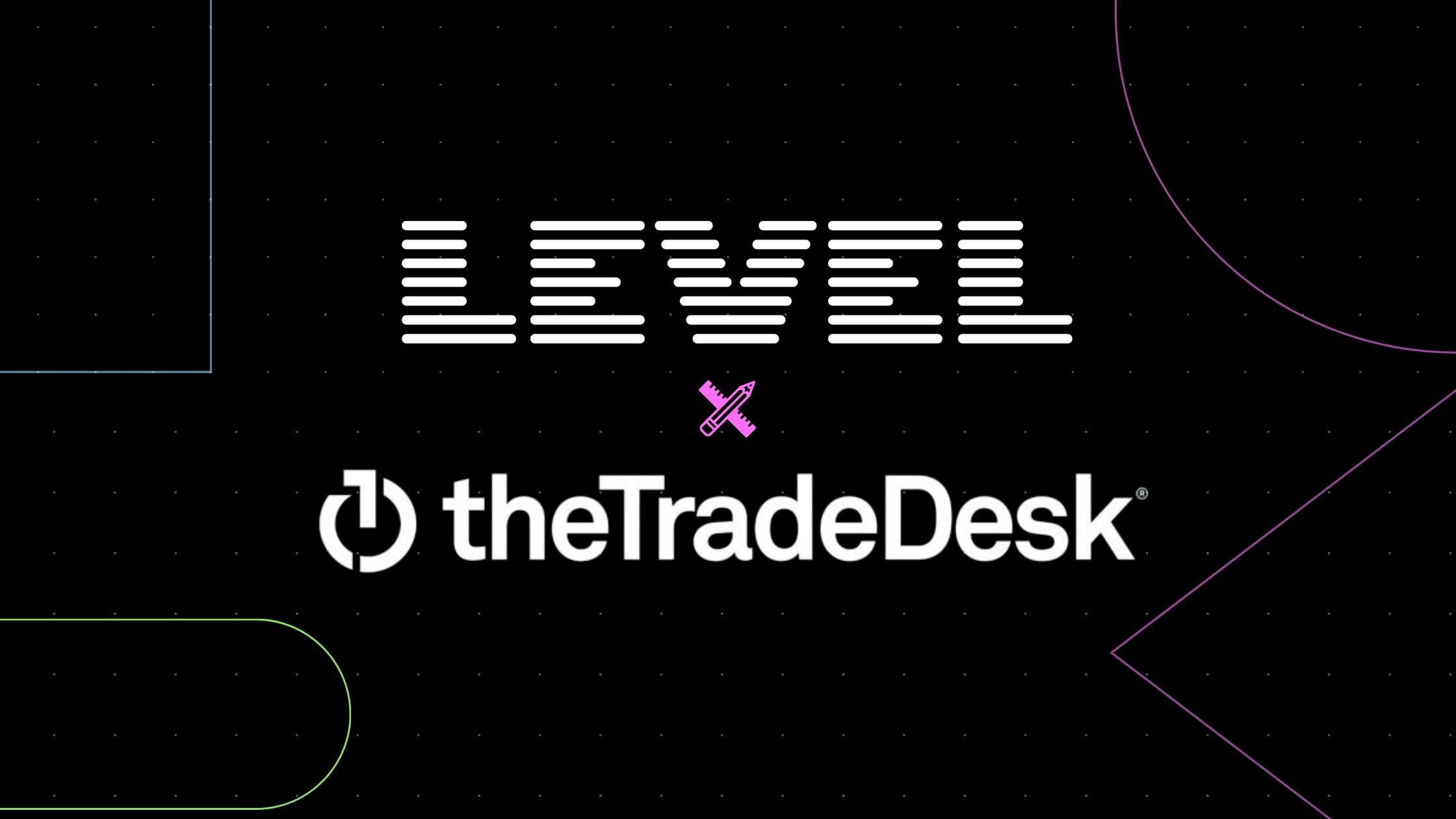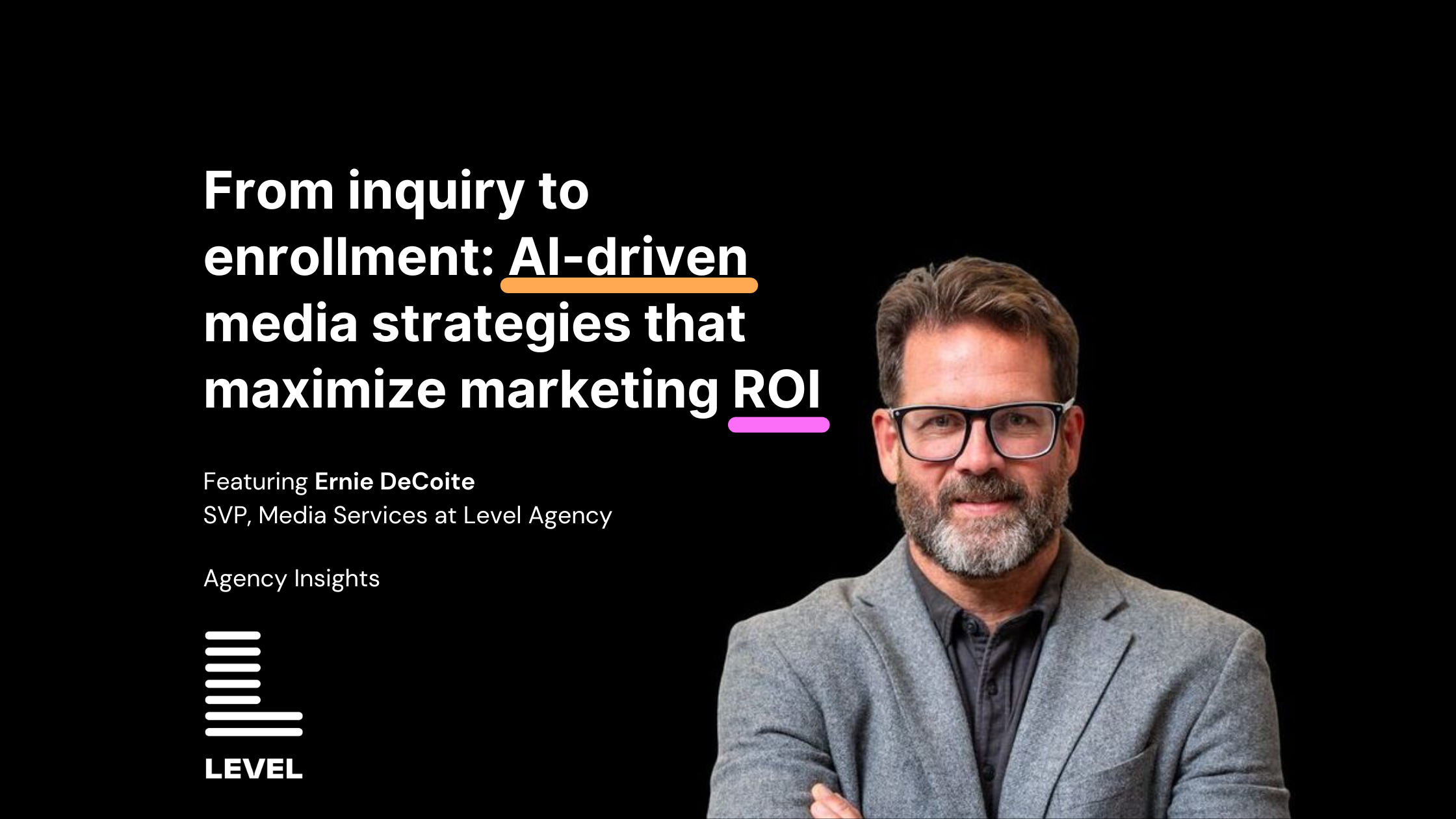THE FUTURE OF 3RD PARTY COOKIES

Apple’s new spot takes us on a journey with an iPhone user named Felix as information like his social media handle, name, birthday, banking information, and even itch-cream preferences are documented and shared across a growing network of outsiders. As this is happening, Felix grows visibly agitated by his growing followers. Then, a notification appears on his iPhone asking whether he would like to continue a specific app to continue tracking his activity across other apps and websites, stating:
It’s a transformational moment in the digital advertising ecosystem: an increased focus on consumer privacy means that long-established identification technologies, like the 3rd party cookie and the default sharing of mobile device IDs (via Apples AppTracking Transparency framework), have been eliminated or are in the process of being phased out. How should sophisticated advertisers react?
In a recent episode of our Test. Learn. Grow. podcast, we dug deeper into changing privacy trends with one of our media experts, Tim Fitzgerald. Listen to the full interview here:
1. Don’t panic: the fundamental concepts of digital advertising aren’t changing; just the way that we execute campaigns. And except for the abrupt iOS changes, there’s still a lot of runway to make sure that the strategy changes you make are the right ones.
2. Ensure you’ve got your own 1st party data house in order: 1st party data will be increasingly valuable; ensure you have a scalable marketing data infrastructure, consent process, and governance framework in place.
3. Leverage 1st party data where you have it: connect your CRM data with key platforms like Google and Facebook to limit measurement impact and activate your 1st party data in interesting ways (more on this below in channel-specific strategies)
4. Lean into contextual targeting strategies now: For the last decade, the trend in advertising has favored audience-driven (who do I want to talk to?) targeting over more traditional contextual targeting (what kind of content do the people that I want to talk to consume?). While audience-based targeting isn’t going away, use this opportunity to refine and test contextual targeting strategies and re-introduce them to your media toolbelt.
5. Monitor remarketing/retargeting audience pools: With cookies disappearing, your remarketing pools in all channels will begin to shrink. Monitor these and adjust budgets, first party, and third-party targeting use in Display, Social, and Search accordingly.
6. Expand remarketing to in-platform engagements: Without cookies, you can still remarket to those users engaging with your content in-platform: Users who viewed content in Facebook, YouTube, engaged with your ads previously, etc.
7. Consider channel-specific strategies: develop transition roadmaps for key digital marketing channels; consider elements like these:
Social Advertising
1. Implement CAPI: Facebook’s Conversion API solution allows advanced lead matching and optimization with data ported directly from your CRM.
2. Set up Aggregated Even Measurement in Facebook: this is Facebook’s solution to model the behavior of iOS 14 users.
3. Monitor the size and performance of your remarketing audiences: these are going to suffer the most from the privacy standards.
4. Adjust your attribution window: Facebook’s 28-day attribution window for conversion tracking is being phased out. To ensure trendable data, manually update historic campaign reporting to the 7-day attribution window option.
Display / Video Advertising (If you’re in the Google Stack)
1. Use 1st party data: Use this data as much as possible for targeting and negation; develop and test a contextual strategy for unknown prospecting audiences.
2. Consider a GA360 account: This will allow you to view and use data from Google Ads, DV360 and your CRM all in one place.
3. Implement offline conversion tracking in Google Ads: this will allow you to track GDN conversions as well as target or negate custom audiences ported directly from your CRM.
Search Advertising
1. Implement offline conversion tracking: Set up Offline Conversion Tracking to link direct CRM lead/MQL/SQL data with platform performance to mitigate the use of cookies entirely by measuring performance and optimizing.
2. Consider an offline conversion tracking alternative: If you are unable to pass data between a CRM and the ad platforms, ensure keyword-level, content-level, and campaign-level tracking is enabled for leads across the board, and manually pull Cost vs. Lead performance of keywords and ads in platform and CRM, to make manual bidding and budget optimization decisions in platform, removing reliance on cookie tracking.
3. Consider device behavior: Monitor mobile-specific performance in conversions vs. leads and monitor change in conversion indicators. Adjust mobile bidding modifiers and automated rules to adjust for these cookie-based performance changes.
Conclusion
In debuting iOS15, Apple appears to be doubling down on the privacy tools that became available in iOS14.5. With features like “fake emails for lead forms” and “making it impossible to track email opens in their mail app”, it’s difficult not to feel like Apple is taking more direct shots at the performance marketing industry. However, the story is going to stay the same. We will adapt, find new metrics, platforms will release new tools, new technology will emerge, and advertising dollars will be directed towards the most efficient channel for that client’s goals.
As a reminder of the dynamic environment in which all performance marketers operate, Facebook just debuted their plans for ads in their virtual reality Oculus ecosystem. We should all be more excited about what’s next, rather than lamenting disruption to the status quo.









